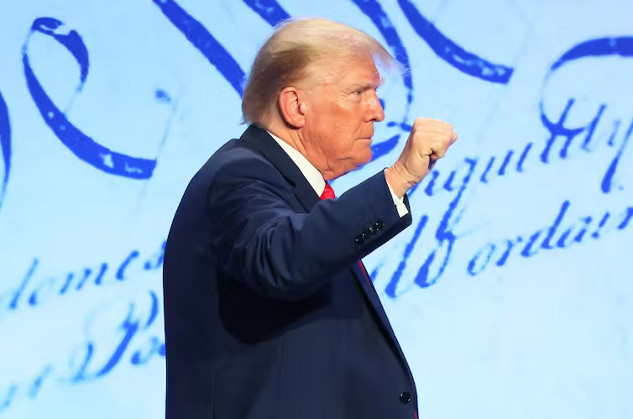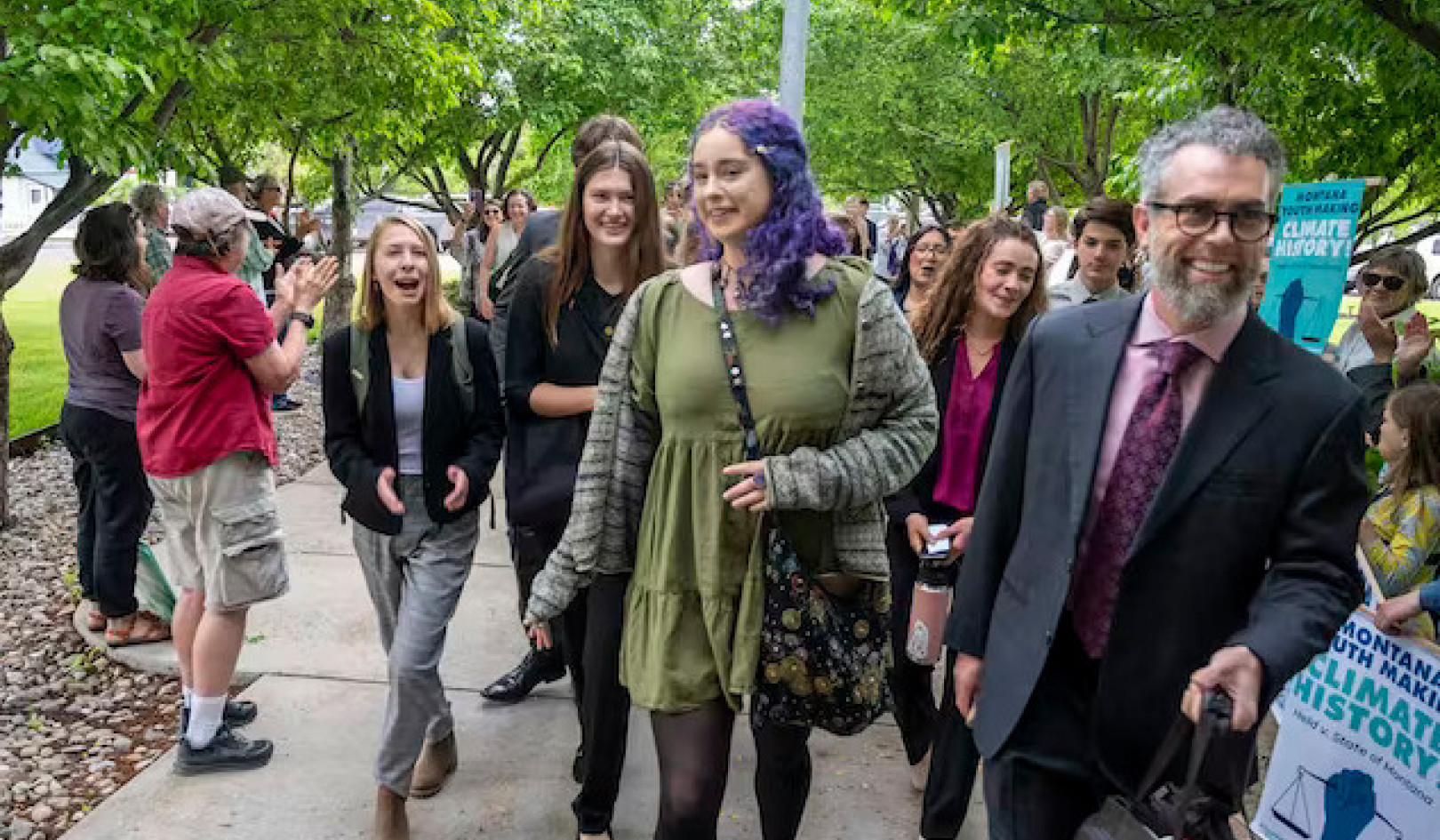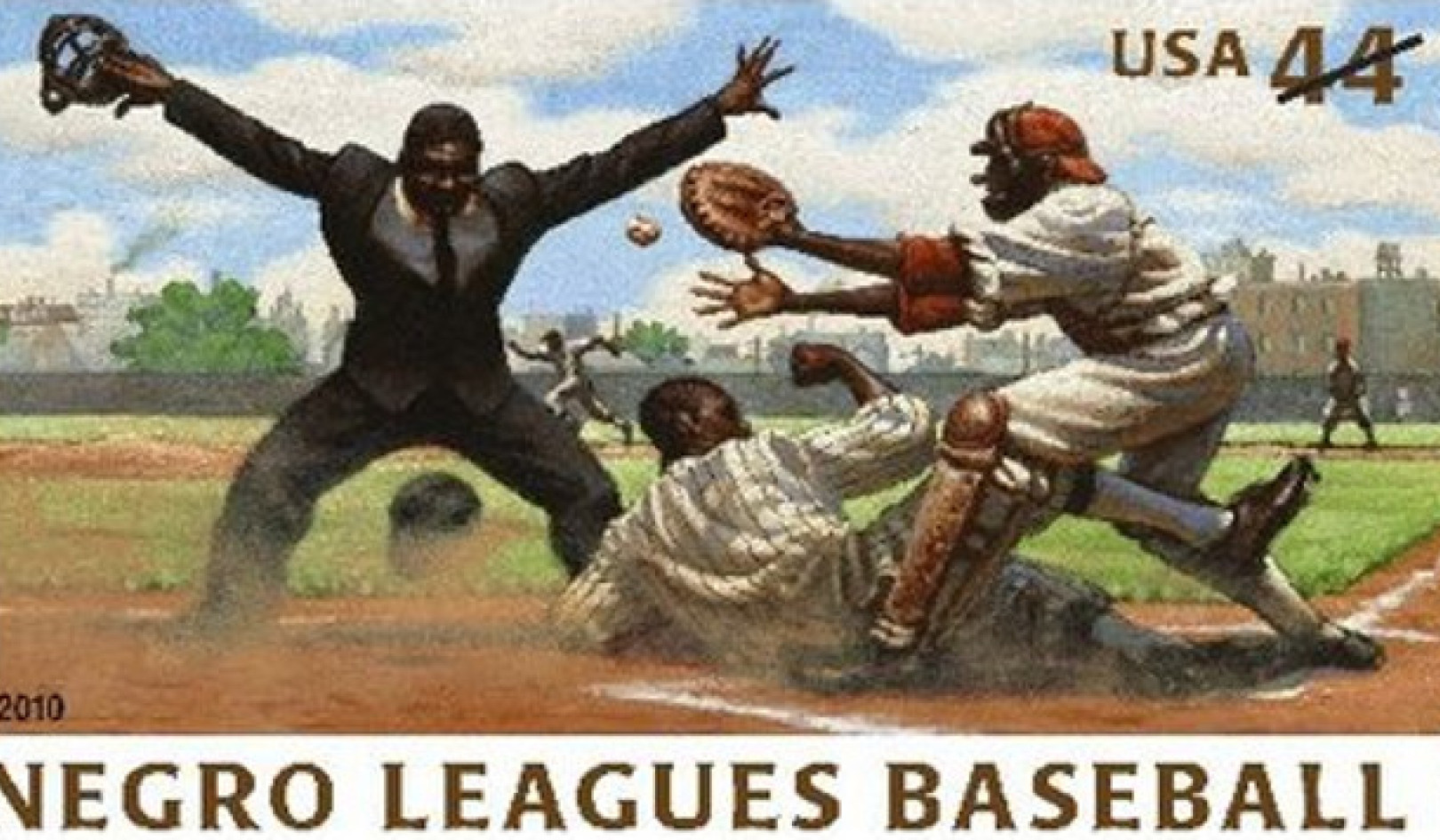
Joe Biden, “together with a band of his closest thugs, misfits and Marxists, tried to destroy American democracy.”
This is what Donald Trump said to his supporters hours after pleading not guilty in federal court in June 2023 to his mishandling of classified documents.
The indictment of a former president was shocking, but Trump’s words were not. Twenty years ago, his rhetoric would have been unusual coming from any member of Congress, let alone a party leader. Yet language like this from the leading Republican presidential candidate is becoming remarkably common in American politics.
It’s not just Republicans. In 2019, New Jersey Democratic Sen. Cory Booker appeared on a talk show bemoaning Trump’s rhetoric and the lack of civility in politics. But he then went on to call Trump a “physically weak specimen” and said that his own “testosterone makes me want to” punch Trump.
How bad have things gotten? In my new book, I show that the level of nastiness in U.S. politics has increased dramatically. As an indication of that, I collected historical data from The New York Times on the relative frequency of stories involving Congress that contained keywords associated with nasty politics such as “smear,” “brawl” and “slander.” I found that nasty politics is more prevalent than at any time since the U.S. Civil War.
Particularly following the Jan. 6. insurrection by Trump’s supporters, journalists and scholars have focused on the rise of the politics of menace. In May 2023, U.S. Capitol Police Chief Tom Manger testified before Congress and said that one of the biggest challenges the U.S. Capitol Police face today “is dealing with the sheer increase in the number of threats against the members of Congress. It’s gone up over 400% over the last six years.”
From insults to actual violence
“Nasty politics” is an umbrella term for the aggressive rhetoric and occasional actual violence that politicians use against domestic political opponents and other domestic groups.
Insults are the least threatening and most common form of nasty politics. These include politicians’ references to opponents as “idiots,” “criminals” or “scum.” Leveling accusations or using conspiracy theories to claim an opponent is engaging in something nefarious is also common in nasty politics.
Less common – and more ominous – are threats to jail political opponents or encouraging one’s supporters to commit violence against those opponents.
In 2021, Republican U.S. Rep. Paul Gosar of Arizona tweeted out an anime cartoon video of his likeness killing Democratic U.S. Rep. Alexandria Ocasio-Cortez of New York.
The rarest and most extreme examples of nasty politics entail politicians actively engaging in violence themselves. For instance, in 2017, Republican U.S. Rep. Greg Gianforte of Montana body-slammed a reporter from The Guardian. Gianforte would later win his 2018 election and is the current governor of Montana.
But nasty politics is not just a U.S. phenomenon.
Deadly words
In 2016, then-candidate Rodrigo Duterte famously promised Philippine voters that when he was president he would kill 100,000 drug dealers and that “fish will grow fat” from all the bodies in Manila Bay.
In 2017, in a speech on the one-year anniversary of the failed coup attempt against him, Turkish President Recep Tayyip Erdo?an threatened to “chop off the heads of those traitors.”
Before Israeli Prime Minister Yitzhak Rabin was murdered by a far-right Jewish extremist in 1995, then-opposition leader Benjamin Netanyahu railed against Rabin’s support for territorial compromise with Palestinians. In an op-ed in The New York Times, Netanyahu compared Rabin’s potential peace deal with Palestinians to Neville Chamberlain’s appeasement of the Nazis before World War II. In the lead-up to the assassination, Netanyahu spoke at several right-wing rallies at which his supporters held up posters of Rabin in a Nazi uniform, and Netanyahu himself even marched next to a coffin that said “Rabin kills Zionism.”
In Ukraine before the 2022 Russian invasion, the Ukrainian parliament, known as the Rada, many times resembled a meeting of rival soccer hooligans rather than a functioning legislature. Fights among rivals regularly broke out, including the occasional egging and smoke bomb. In 2012, a full-blown legislative riot occurred in the Rada over the status of the Russian language in Ukraine, with rival lawmakers punching and choking one another.
Voters don’t like it
The conventional wisdom for the reason politicians go nasty is that while voters find mudslinging or political brawling distasteful, it’s actually effective. Or that although they won’t admit it, voters secretly like nasty politics.
Yet polling consistently shows the opposite.
Voters don’t like it when politicians go nasty, are worried it could lead to violence, and reduce their support for those who do use it. That’s what I found in countless surveys in the U.S., Ukraine and Israel, where I did research for my book. Other research in the U.S. finds that even ardent Trump supporters reduced their approval for him when he used uncivil language.
So why do politicians use nasty politics?
First, nasty politics grabs attention.
Nasty rhetoric is more likely to get covered in the media, or to get likes, clicks or shares on social media than its civil counterpart. For Trump, some of his most-shared tweets were one labeling antifa a “terrorist” organization and a clip of him body-slamming a pro wrestler with CNN’s logo superimposed.
Second, given their attention-grabbing nature, nasty politics can be a particularly important tool for opposition or outsider politicians. These politicians who don’t have the name recognition, or access to the same resources as party leaders, can use nasty politics to get noticed and build a following.
Third, and perhaps most important, nasty politics can be used to signal toughness. This toughness is something that voters seek out when they feel threatened. This sentiment was best captured in a September 2018 tweet from the Rev. Jerry Falwell Jr., a Trump ally:
Conservatives & Christians need to stop electing “nice guys”. They might make great Christian leaders but the US needs street fighters like @realDonaldTrump at every level of government b/c the liberal fascists Dems are playing for keeps & many Repub leaders are a bunch of wimps!
From nasty words to worse
Nasty politics has important implications for democracy.
It can be a legitimate tool for opposition and outsider politicians to call attention to bad behavior. But it can also be used as a cynical, dangerous tool by incumbents to cling to power that can lead to violence.
For example, in the lead-up to the insurrection at the U.S. Capitol on Jan. 6, 2021, Trump and his supporters concocted a baseless conspiracy that the 2020 election would be stolen. He implored his supporters to come to Washington on Jan. 6 as part of a rally to support the baseless conspiracy and “Stop the Steal,” and urged followers to “Be There. Will Be Wild!” foreshadowing the violence that was to come.
Perhaps most ominously for the near future of U.S. democracy, the growing Trump legal troubles have escalated to violent rhetoric.
After Trump’s indictment in June, Republican U.S. Rep. Andy Biggs of Arizona tweeted: “We have now reached a war phase. Eye for an eye.”
The uptick in nasty politics in the U.S. is both a symptom of the country’s deeply divided politics and a harbinger of future threats to democracy.![]()
About The Author
Thomas Zeitzoff, Associate Professor, School of Public Affairs, American University
This article is republished from The Conversation under a Creative Commons license. Read the original article.

Related Books:
On Tyranny: Twenty Lessons from the Twentieth Century
by Timothy Snyder
This book offers lessons from history for preserving and defending democracy, including the importance of institutions, the role of individual citizens, and the dangers of authoritarianism.
Click for more info or to order
Our Time Is Now: Power, Purpose, and the Fight for a Fair America
by Stacey Abrams
The author, a politician and activist, shares her vision for a more inclusive and just democracy and offers practical strategies for political engagement and voter mobilization.
Click for more info or to order
How Democracies Die
by Steven Levitsky and Daniel Ziblatt
This book examines the warning signs and causes of democratic breakdown, drawing on case studies from around the world to offer insights into how to safeguard democracy.
Click for more info or to order
The People, No: A Brief History of Anti-Populism
by Thomas Frank
The author offers a history of populist movements in the United States and critiques the "anti-populist" ideology that he argues has stifled democratic reform and progress.
Click for more info or to order
Democracy in One Book or Less: How It Works, Why It Doesn't, and Why Fixing It Is Easier Than You Think
by David Litt
This book offers an overview of democracy, including its strengths and weaknesses, and proposes reforms to make the system more responsive and accountable.






















